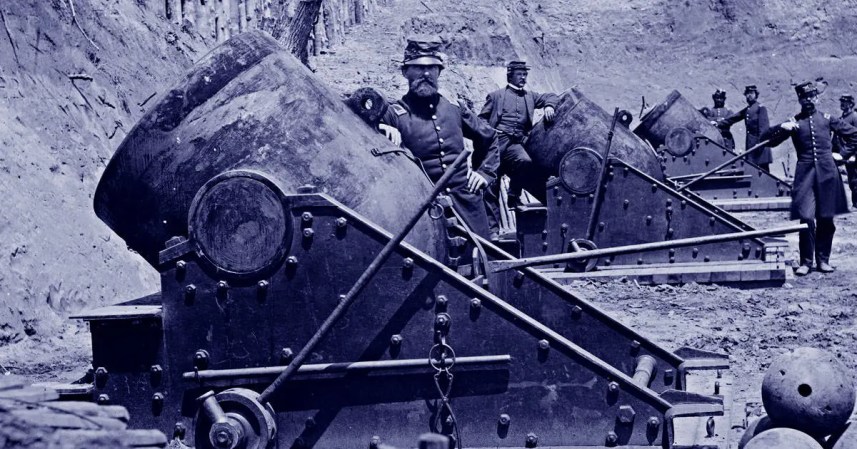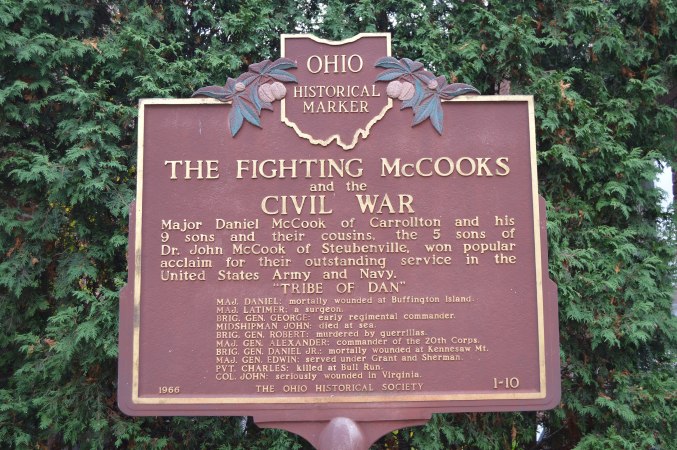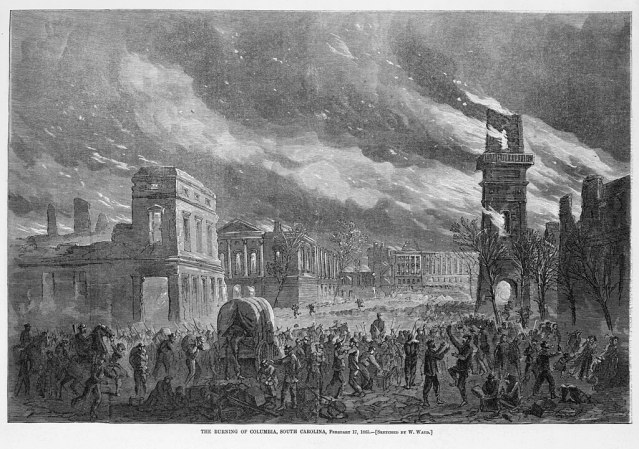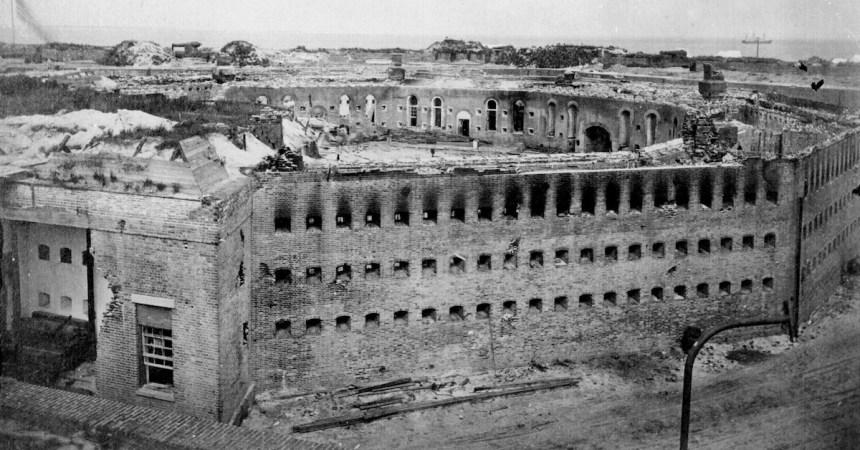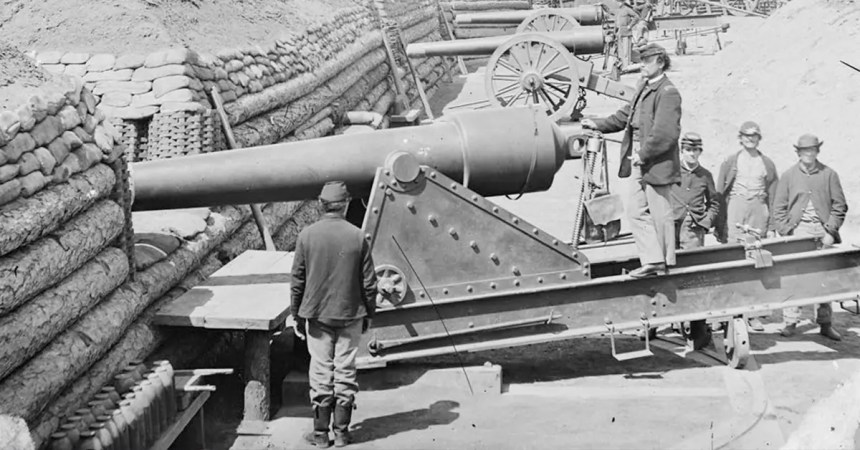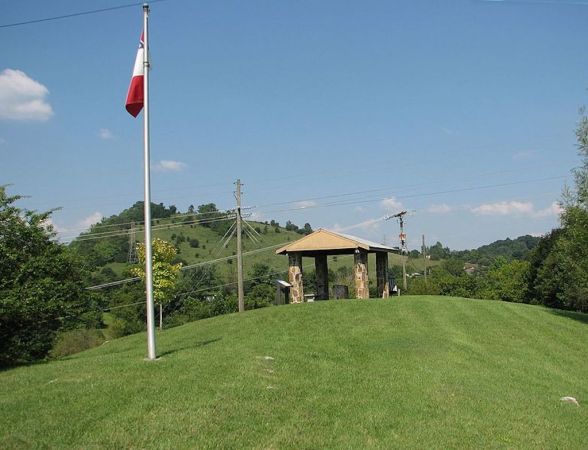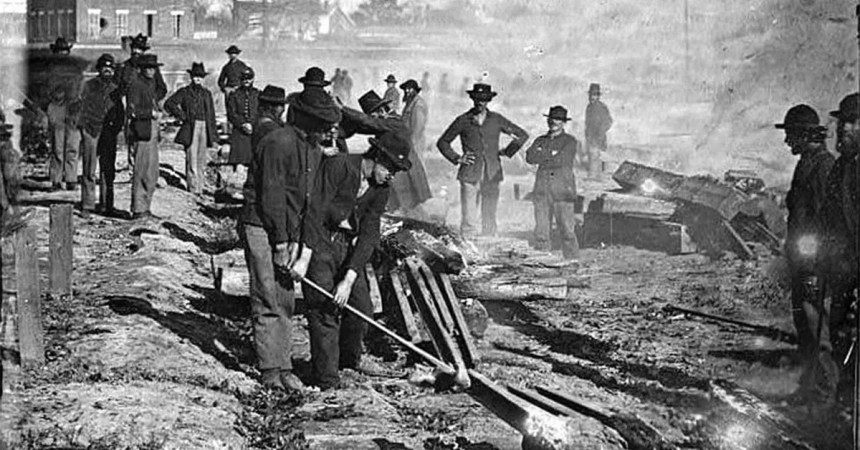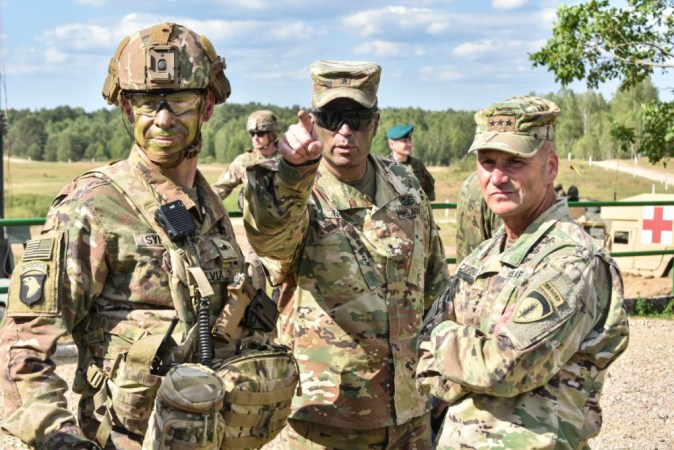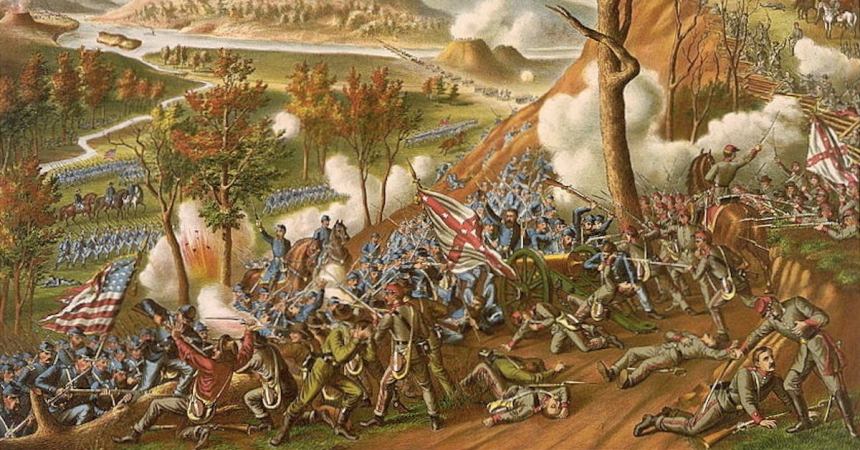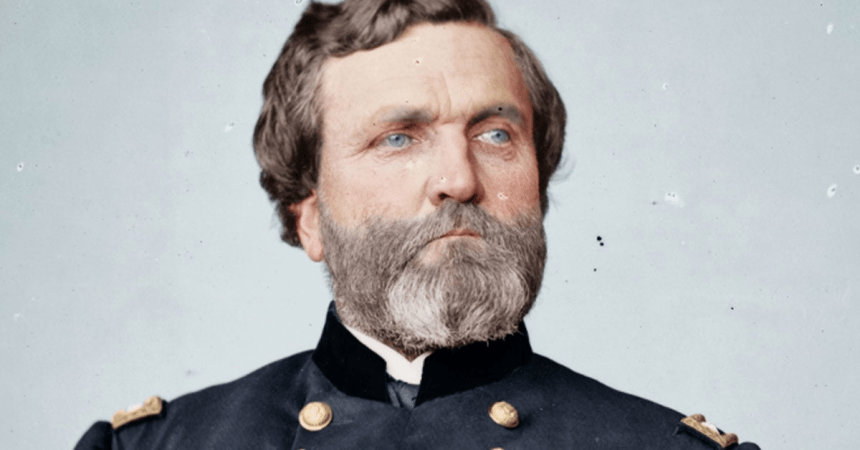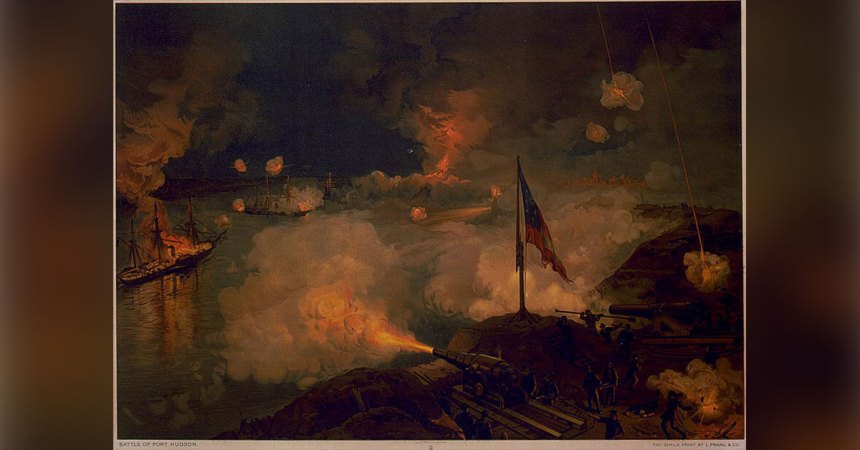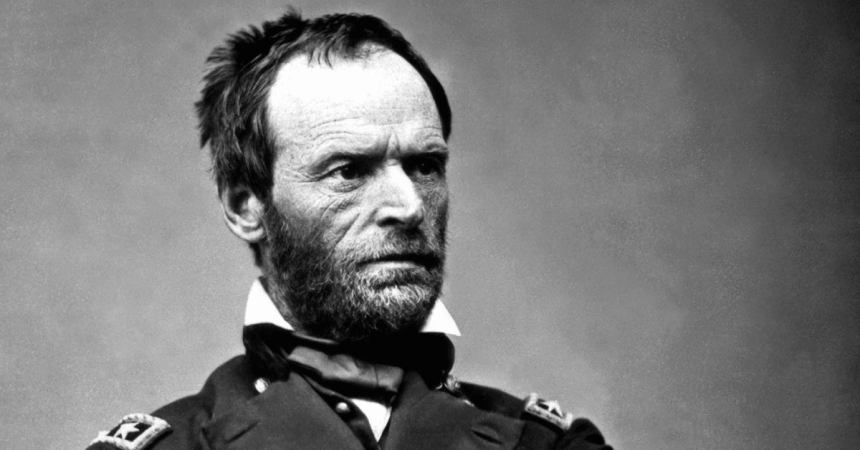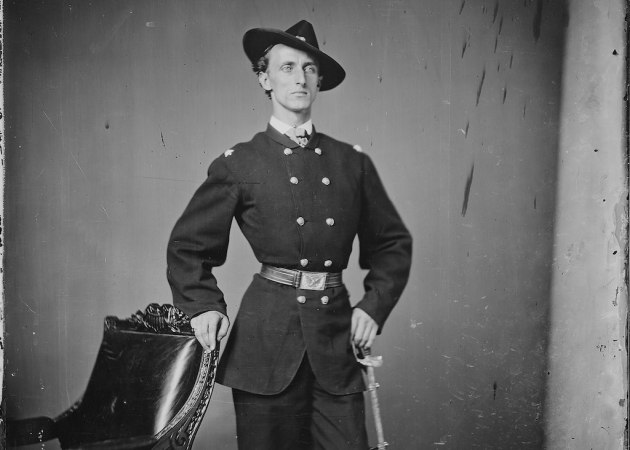During the Civil War, a rivalry between two Confederate generals led to 30,000 pinned-down Union troops escaping encirclement in 1864, allowing them to go on and capture Atlanta, rallying Union morale, and ensuring a Republican victory in the elections and a Union victory in the war.

The USS Hartford and Admiral Farragut forces their way past Confederate defenses at New Orleans in 1862,
(Julian Oliver Davidson)
The year 1864 was possibly the most important of the war. The presidential elections that year were framed as a referendum on the war. Supporters of a continued Union advance against the South were backing the Republicans as those who wished to create a negotiated peace backed George McClellan and the Democrats.
The Confederates, meanwhile, knew about the divisions and were doing everything they could to convince common Northerners that the war wasn’t worth the costs. Gen. Robert E. Lee invaded Maryland, privateers attacked Union shipping on the high seas, and commanders elsewhere redoubled their efforts to bleed the Union for every yard lost.
Amidst all of this, two capable Confederate generals in Louisiana were constantly arguing with one another. Gen. Edmund Kirby Smith was the commander of Confederate troops in the Trans-Mississippi in 1863 and 1864, and one of his subordinates was Maj. Gen. Richard Taylor, son of former U.S. President Zachary Taylor and brother-in-law of Confederate President Jefferson Davis.
Both were described as having skill at tactics and strategy, but Smith was a cautious West Point graduate while Taylor was Yale-educated man with hot blood, constantly angling to take the fight to the Union.
In 1864, the Union was still trying to cement their control over the waterways in the south, completing their Anaconda Plan to choke off the South from external or internal resupply. To that end, massive numbers of troops were sent up the Red River that forms the border between Louisiana and Arkansas.
Smith wanted to slow the Union advance with defensive engagements punctuated by the occasional counterattack, while Taylor was itching to push his way back to the Gulf of Mexico and eventually re-take New Orleans.

The Battle of Irish Bend Louisiana
(William Hall, Harper’s Weekly)
So, when Taylor saw Union Forces overextend themselves while moving up the Red River, he sent his forces to smash into their weak points, winning victories at the Battles of Mansfield and then Pleasant Hill. Union commanders, worried that they would soon find themselves separated from one another and encircled, fought their way south and finally holed up in Alexandria, Louisiana.
This was what Taylor had been waiting for. His enemy was in a weak position, outnumbered, and with no place to run. But Taylor didn’t quite have the forces necessary to finish the fight — all he needed was a little help from Smith.
Instead, Smith took the bulk of Taylor’s forces and re-deployed them to Arkansas where they helped harry an enemy that was already in retreat. The Union forces at Alexandria saw the sudden gap in the lines and broke out, making their way back east. 30,000 Union troops were now free to continue fighting.

The Battle of Atlanta
This allowed them to arrive in the East just in time to join in important advances there, including Gen. William T. Sherman’s infamous push south. Sherman started his fight to Atlanta in May 1864 with 110,000 men split into three armies. If he hadn’t gotten the 30,000 from the Red River, he’d have been forced to decide whether to wait or advance with only 80,000 troops and two armies.
Follow that to the actual assault on Atlanta and following siege. While Union forces were able to get to Atlanta with relative ease — the last serious Confederate attempt to prevent a siege took place on July 22 and only 35,000 of the 100,000 Union troops actually engaged in the battle — the siege itself was a close-fought thing.
The siege ran from late-July to late-September, barely wrapping up in time for Northern newspaper reports to buoy Union morale and support for the war, leading to Lincoln’s strong re-election numbers. But Sherman relied on his numerical strength to win the fight. He used two of his armies to pin down Confederate troops or to draw their attention while his third army sneaked by to attack their rear or snip away supply lines.
With only two armies (or with three undersized armies), none of that would’ve worked. Instead, Sherman would have had to maintain a conventional siege against repeated and determined counterattacks, likely delaying the fall of Atlanta or even preventing it. The removal of 30,000 troops really might have tipped the scales against him and, therefore, against Lincoln.
Luckily, Sherman never had to face that possibility. Instead, he had plenty of troops to capture Atlanta, was able to split his forces after, marching east to the sea with the bulk of his men while the rest cut west across the South —all because two Confederate generals in Louisiana couldn’t work together.
As for them, Taylor was eventually recognized by the Confederate Congress for what successes he had achieved receiving promotion while Smith remained in the Trans-Mississippi, angry, until the end of the war.




